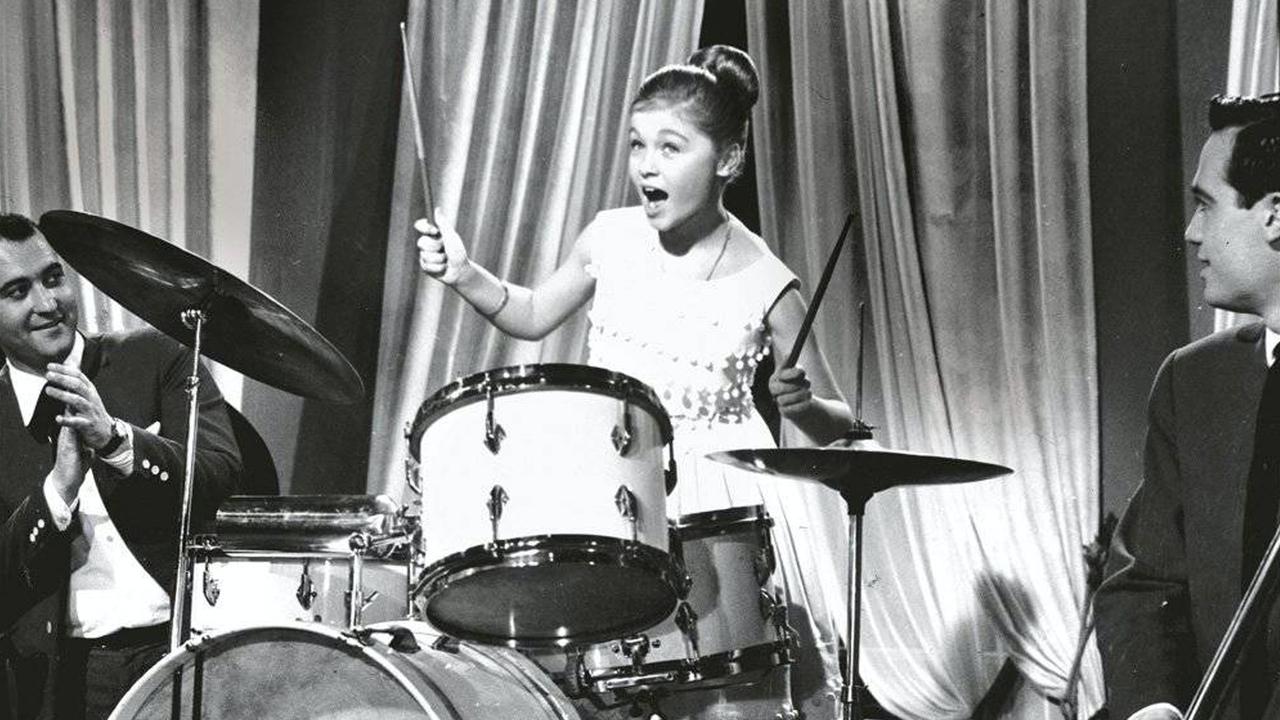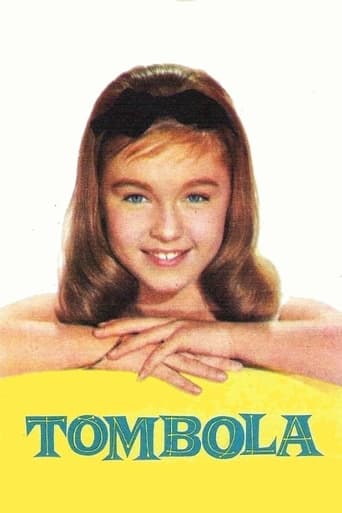

Right from the opening scene we are introduced to the character played by Marisol as a cheerful and somewhat cheeky young girl with an overactive imagination and sharp mind who gets the school bus driver in trouble for sounding his horn illegally whereas in fact Marisol did this to begin her first song "Chiquitina". We then see her cause chaos in the class horse riding lesson when she reports to an Army Unit on Exercises that an African has kidnapped her friend Maria Belen,only to find that the African is a hunter with mud on his face and Maria Belen is standing next to her.These opening sequences cleverly set us up for the main plot in which Marisol will not be believed by anyone when she witnesses the theft of the painting Madona de la Rosa by three monks wearing chequered socks. By the time the police check her story she has decided to take on the three robbers herself to persuade them to return it.From this point on the plot slows considerably by comparison with the opening scenes, and the robbers are portrayed predictably as Marisol endears herself to two of them, and eventually the third, when she nurses them after they all shoot each other,(classic line "I never paid close attention to Nursing lessons... I couldn't stand the sight of blood") and does not run away when she has the chance and instead enrolls the local priest to help her bring them and the painting back to Madrid.There are some nice songs in the film but no dancing to speak of, and the final twist in the story as to how she convinces the men to return the painting brings a swift end to the story.As the third Marisol film it allows her to show what she could do at the age of 14, without relying too heavily on her dancing and I feel shows the versatility that kept her a box office hit for the next few years.
... View MoreMarisol is always a joy to watch and this, her third film, seems to have been made with a wandering screenplay made up just to fit the songs. Nevertheless, she has a way of making these star vehicles work simply because she is in them and the title song is a Spanish classic.This film moves her movie persona into more adult territory with themes of crime, revolution, and race relations but she is depicted as the only blonde in Spain and a child of privilege. Her movie roles alternated between the poor and rich but always lacking full parental care. In this one she is practically orphaned in boarding school by busy parents instead of scrounging a living singing in the streets. Distributed in some countries as LOS ENREDOS DE MARISOL.
... View More